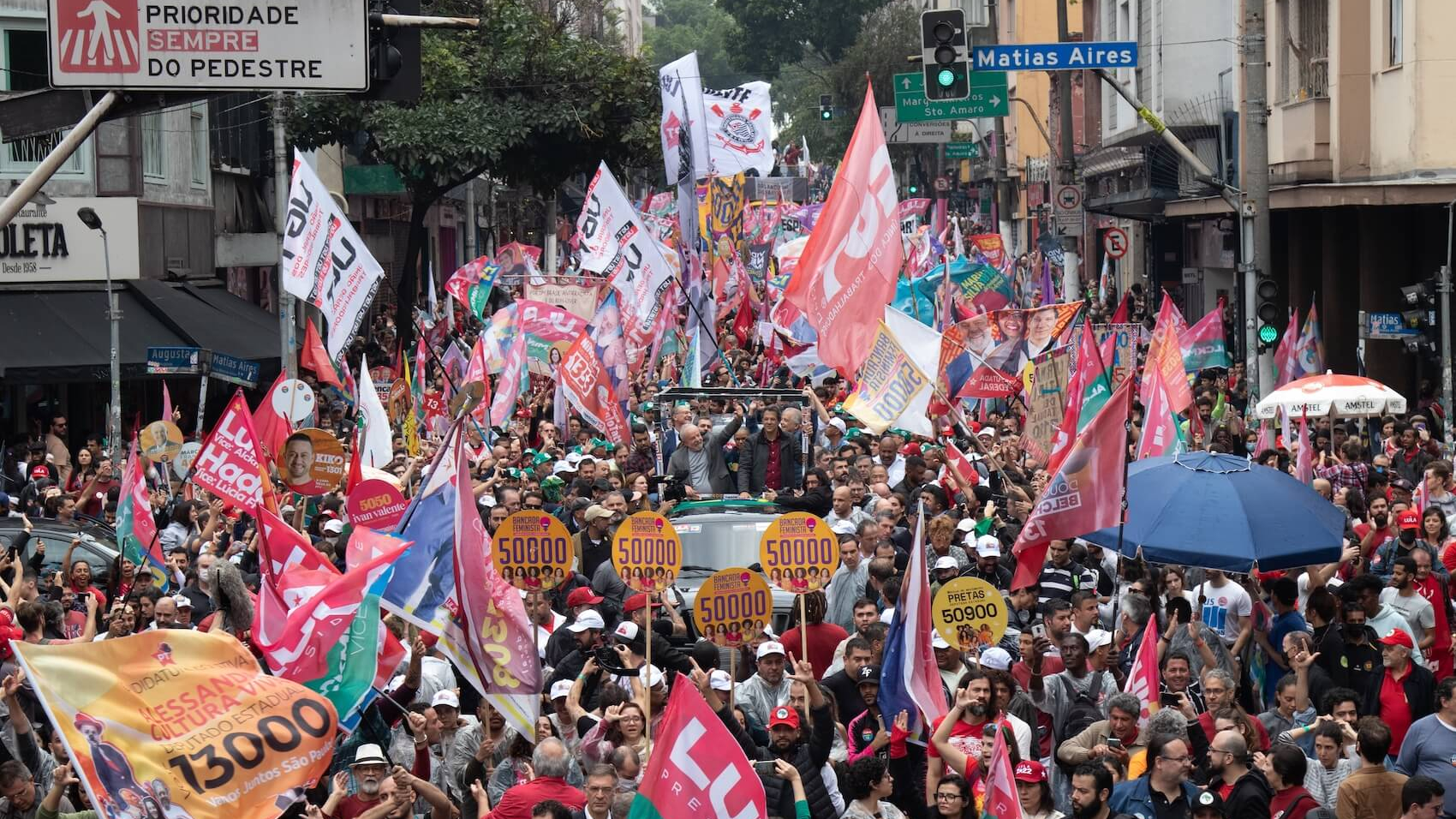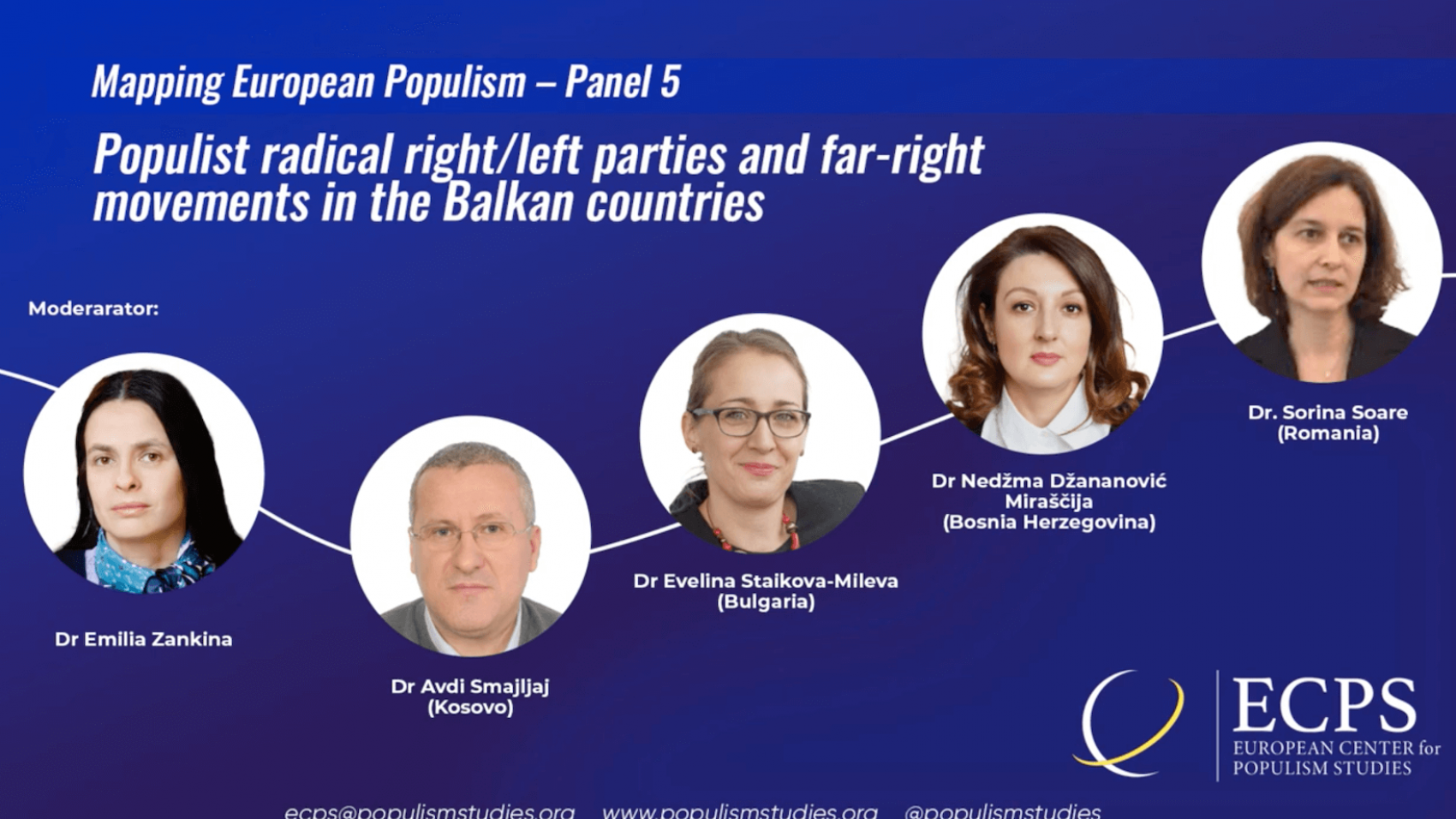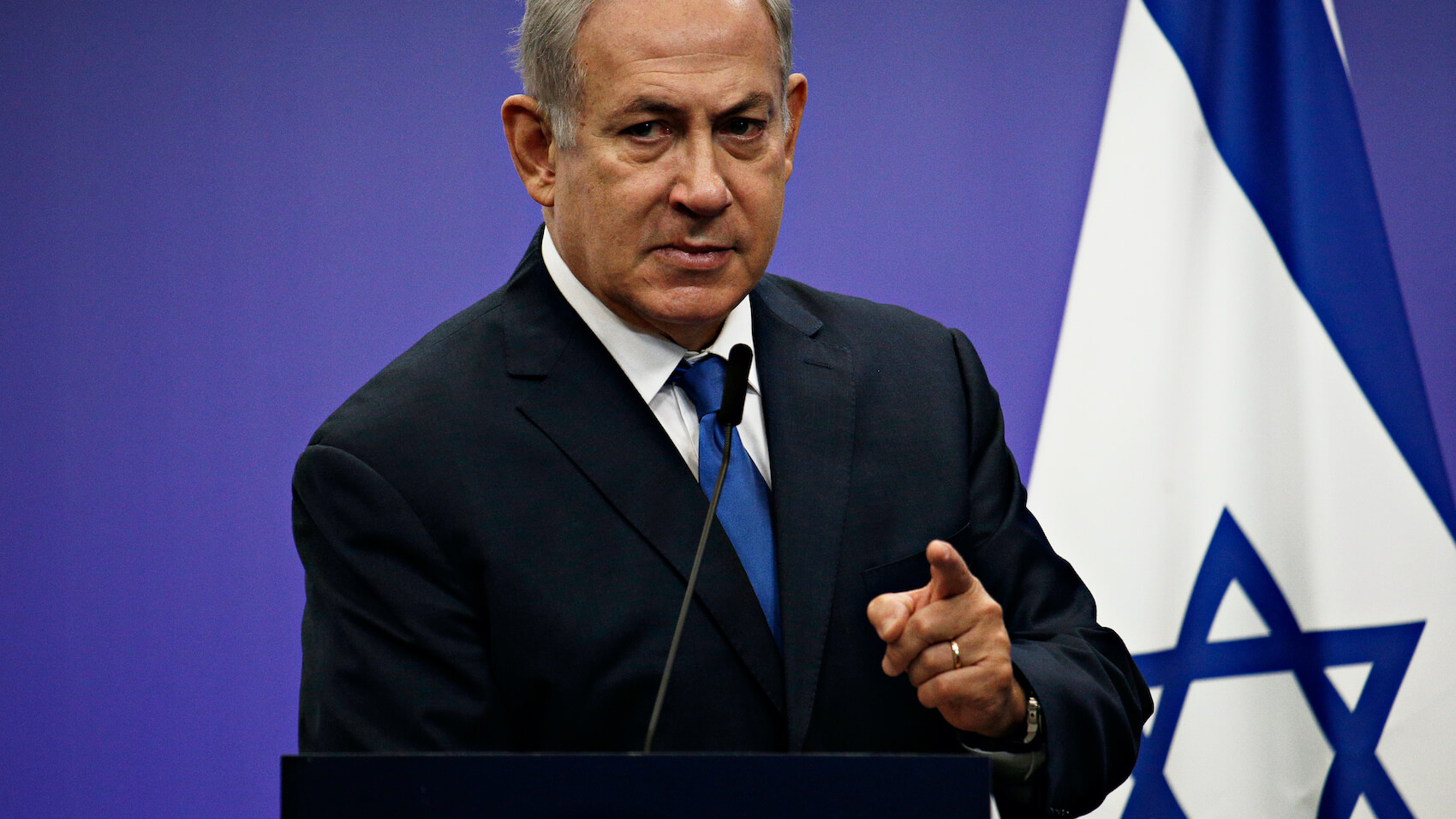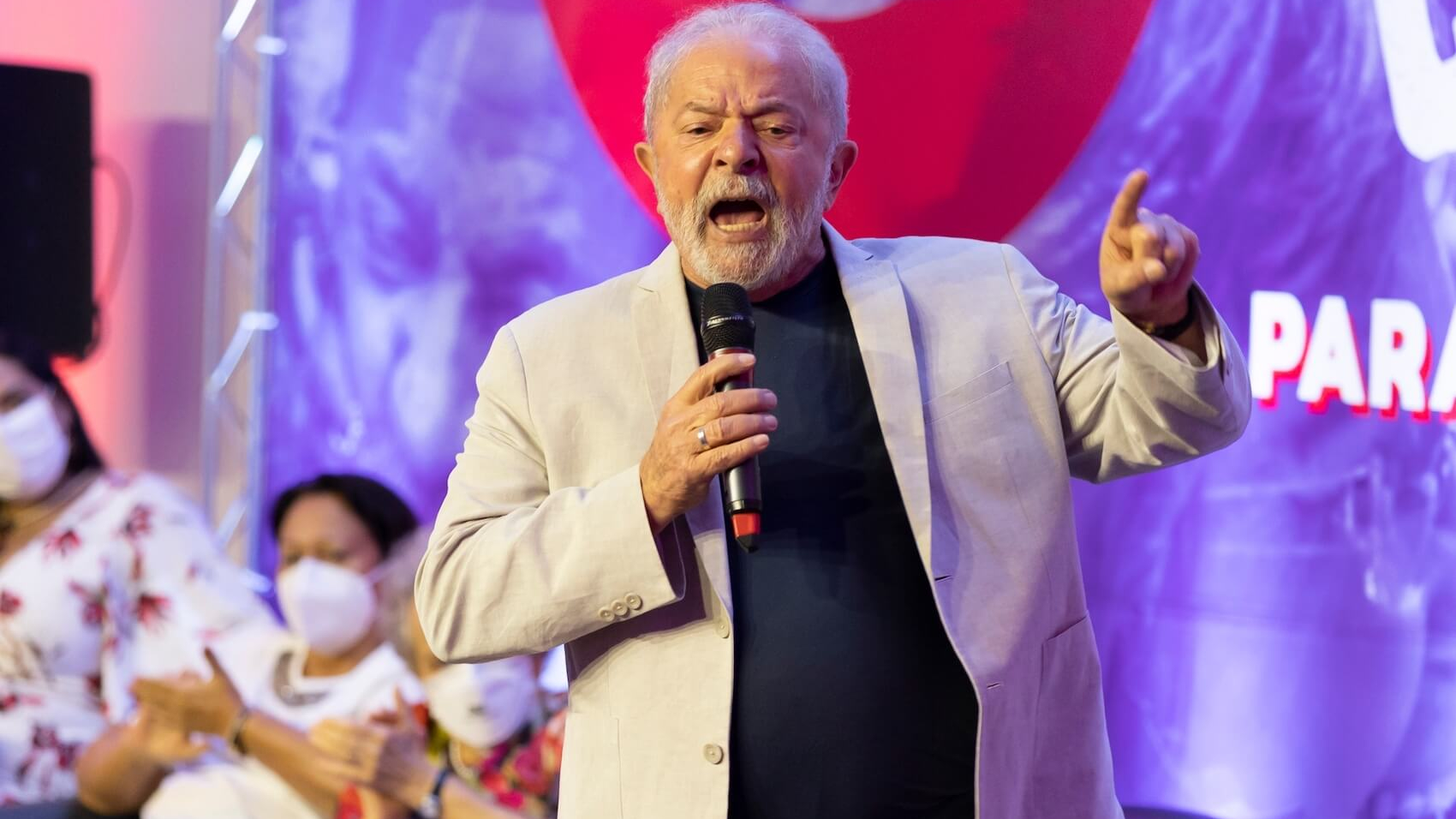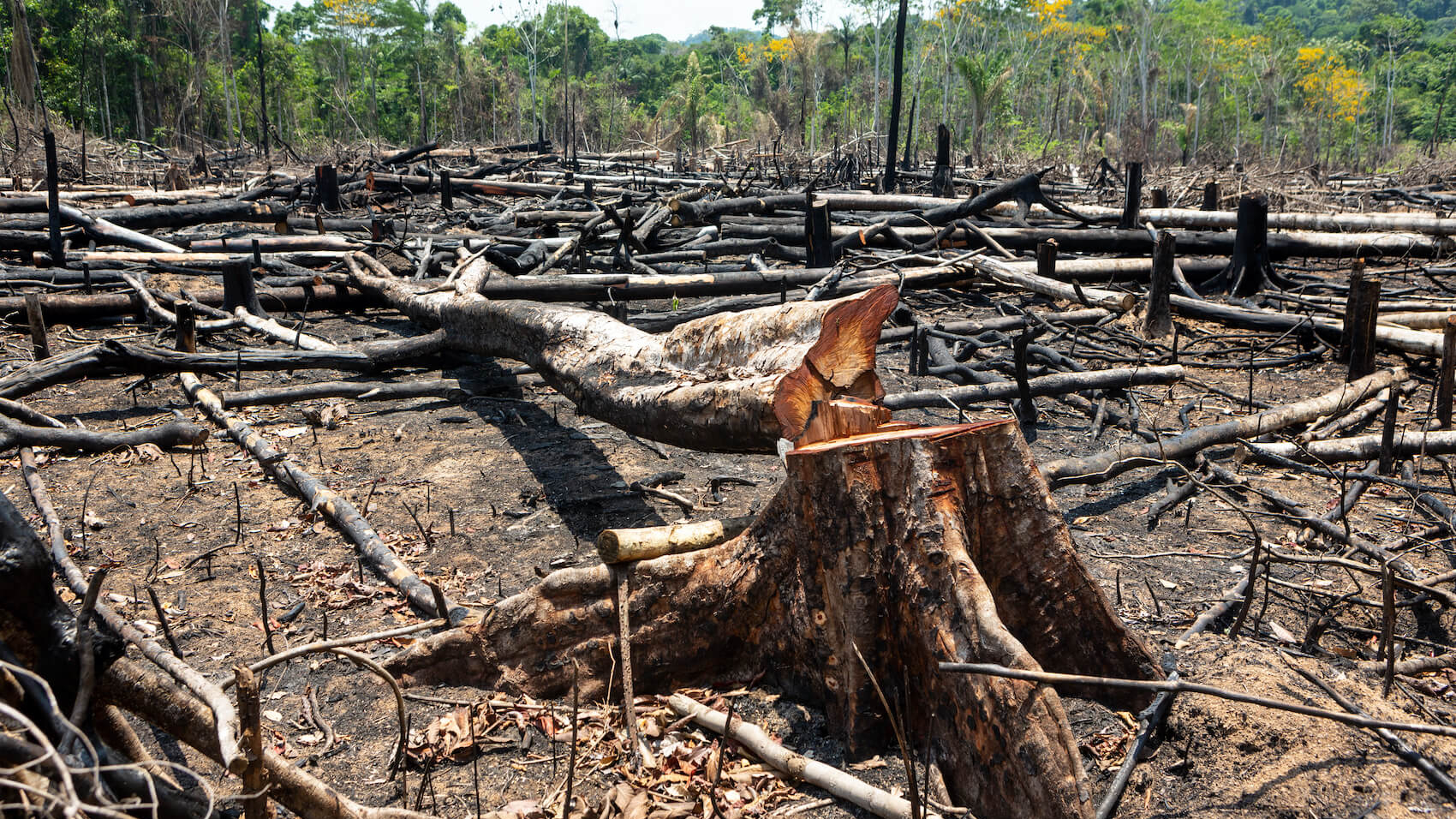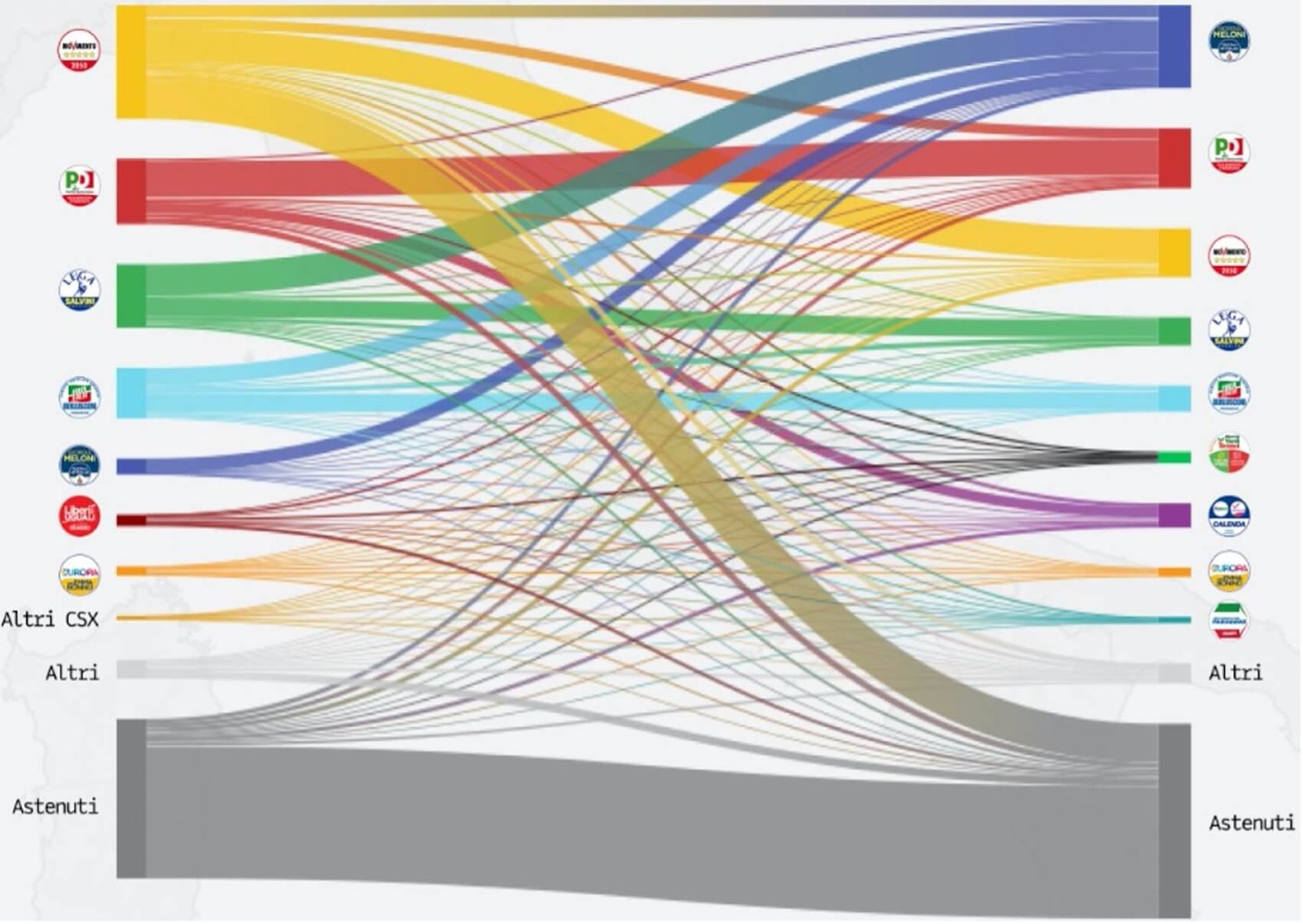The discussion of climate refugees has long been a feature of environmental security studies and predictions about the effects of climate change, particularly on Middle Eastern and Sub-Saharan African populations. One of the basic assumptions about climate-induced migration is that the shortage of water and damage to crops because of rising temperatures and drought will result in conflict over these scarce resources.
By Jake Moran*
As COP27 enters its second week in Egypt, stark warnings from world leaders have put climate refugees at the top of the agenda. Last week, Barbados’ Prime Minister Mia Mottley issued her prediction that the number of people displaced by climate change internationally will swell to 1 billion by 2050 (Mottley, in Greenfield, et al., 2022). The 2015 refugee crisis in Europe saw a humanitarian catastrophe unfold across its borders and on its seas, as multiple conflicts in the Middle East forced millions to flee their homes.
In this article, I consider whether a similar chain of events could unravel from the destruction caused by climate change in the region and recommend greater international governance of refugee populations if this occurs. This enquiry forms the prelude to the subsequent article, in which I assess how climate-induced migration could produce a new frontier of far-right populism in Europe.
Climate Change, Conflict and Migration: A Tenuous Link
The discussion of climate refugees has long been a feature of environmental security studies and predictions about the effects of climate change, particularly on Middle Eastern and Sub-Saharan African populations (Hartmann, 2010; Selby and Hoffman, 2014a). One of the basic assumptions about climate-induced migration is that the shortage of water and damage to crops because of rising temperatures and drought will result in conflict over these scarce resources (also known as a Malthusian crisis) (Hartmann, 2010; Selby and Hoffmann, 2014b).
Reports by the Pentagon in 2003 and Christian Aid in 2007 cited the case of water scarcity caused by drought in Darfur, Sudan, which caused an outbreak of conflict in 2003. The reports further predict that such conflicts will continue as climate change pushes temperatures higher in arid regions (Hartmann, 2010; Selby and Hoffmann, 2014b). More recently, studies have pointed to the role of climate change in sparking the uprising in Syria in 2011, as prolonged droughts caused by rising temperatures devastated rural agriculture and forced populations to migrate into cities (Abel, et al., 2019; Gleick, 2014; Kelley et al., 2015). It was partly the lack of resources in urban areas to accommodate these rural populations that resulted in anti-government protests that sparked the war, and the case of Syria is often talked of as a blueprint which future climate-induced conflicts could spring from.
However, these examples do not demonstrate a causal link between climate change and conflict (Abel, et al., 2019). Rather, climate change played a role in exacerbating existing socio-economic conditions which can lead to conflict (Hartmann, 2010). Readdressing the case study of Syria, while rising temperatures caused prolonged droughts, scarcity of water and agricultural destruction, climate change was not the only variable involved in this chain of events. The droughts took place against the backdrop of years of neglect by the Syrian government, which managed farming poorly and increased irrigation of agricultural lands, leaving these communities far more susceptible to droughts made worse by climate change (Abel, et al., 2019; Kelley, et al., 2015).
Indeed, other authors highlight examples of resource scarcity caused by climate change that did not result in conflict but rather greater regional and community cooperation to manage these resources (Brown et al., 2007; Witsenburg and Roba, 2007 in Harmann, 2010). So, while climate change will result in greater resource scarcity for countries which are most vulnerable to its effects, it is the relationship these resources have with other socio-economic factors including government policies and demographic pressures (Abel, et al., 2019) which could provide the conditions necessary to induce conflict, as demonstrated in the case of the Syrian conflict.
With regards to the enquiry of this article, the literature establishes a pathway to understanding how climate change can spark conflict under certain pressures and that this will become more likely as the effects of climate change worsen. It is, thus, conceivable that in countries such as Yemen, Libya, Somalia, Syria, etc. that climate change will pose a greater threat and increase the likelihood of conflict and forced migration.
While I am cautious to avoid establishing a causal link between climate change, conflict and forced migration, especially given the criticisms made of the ‘neo-Malthusian’ narrative around ‘failed states’ being uniquely susceptible to climate-induced conflict (Hartmann, 2010; Selby and Hoffman, 2014b), the next section of this article will demonstrate how conflict in the regions most affected by climate change—Middle Eastern and North African (MENA) countries—are likely to produce a growing refugee population as the effects of climate change in this region worsen.
Destination: Europe. Will Climate-Afflicted Refugees Migrate to Europe?
11 years after the Syrian Civil War began (European Commission, 2021), refugees are entering Europe at an unprecedented rate. The growing number of small boat crossings to the UK from France, and the increased settling of Syrian as well as Afghan refugees, demonstrate that Europe remains a focal destination for refugees coming from the MENA region. So, if the next chapter of the climate crisis is indeed a story of conflict and migration in the most vulnerable regions of the world, will Europe become host to an even greater population of refugees? To answer this question, this section will examine how conflict and migration have already played out in Europe.
What became known as the Refugee Crisis in Europe, began in 2015, when around 868,000 refugees arrived in the year’s second half—almost six times the refugees who arrived in the first half of the year (UNHCR, 2018 in Torres, 2022). Indeed, conflicts in Yemen, Libya and elsewhere had already contributed to a rise in refugees from the MENA region, but the influx from the Syrian Civil War pushed that number to its peak, as Syrian refugees came to represent the largest group of asylees in Europe (Petillo, 2021). Most entered by either land or sea through EU border countries like Hungary, Greece, Italy and Macedonia. Many went onward to France, Sweden and Germany, the latter of which received more asylum claims in 2015 (BBC News, 2016).
Europe is a destination for refugees fleeing from MENA, not least because of its geographical proximity to the region and ease of access, but also because of its relative wealth, social services, stability and scale of economic opportunity. All these factors make Europe an appealing place to start a new life (Kings College London, 2015). Further still, language plays a crucial role in the decision of many refugees to migrate to Europe, especially in the context of former colonial countries, where speaking the language of their former colonists—mainly French or English—allows migrants to integrate and find employment quicker. Displaced people also often have family or relationships with other refugees that have already fled to Europe and seek to follow them for reasons of support or familiarity.
So, does the previous wave of refugees which escalated due to the Syrian war and Europe’s relative attractiveness, mean that this is bound to be repeated as the climate crisis increases conflict and migration in the MENA region? I argue that this is likely.
It is certainly true that not all migration attributed to climate change will be bound for Europe. Mobility within countries affected by climate change is already predicted to be the main route taken by populations displaced by climate change (USA for UNHCR, 2021). This means that the brunt of refugees may not enter Europe at all. Instead, they are more likely to move to towns and cities within their home countries where surviving economically without relying on climate-afflicted sectors like agriculture is possible (Chung, et al., 2022). Additionally, countries within the region received a greater number of refugees than Europe during the Syrian refugee crisis, in particular Turkey and Lebanon (Cockburn, 2015). Therefore, it is highly unlikely that the majority of refugees affected by climate change in this region will migrate to Europe.
However, the plight of refugees fleeing from conflicts in Syria, Yemen, Sudan, Afghanistan, and elsewhere, have all produced a sizeable upturn in the refugee population migrating to Europe. The story of Syria shows just how far refugees from the MENA region will travel in search of safety. Numbers of small boat crossings to the UK from France are at an all-time high with most refugees coming from Afghanistan, Iran, and Syria (Home Office, 2022). So, while refugees affected by climate change will migrate within their own countries and to neighbouring ones, the experience of the 2015 refugee crisis and persistence of refugees migrating from the MENA countries to Europe today, clearly indicates that any future conflict or devastating climate event will likely result in an upsurge of refugees migrating to Europe for safety.
Since the entire MENA region will be affected by climate change—and many states (such as Yemen and Afghanistan) are already in a state of conflict, poverty or weak governance, impeding their ability to support vulnerable populations—this increase in refugee numbers will be substantial.
Conclusion
This article described the tenuous link between climate change, conflict, and migration. While acknowledging that this is not a causal link, it remains to be seen if socio-economic pressures currently experienced by vulnerable countries and regions could be exacerbated by climate change, sparking conflict. As the Syrian experience demonstrates, such conflict is likely to result in a growth of the refugee population migrating to Europe, especially due to its multiple ‘pull’ factors for refugees originating in the climate-vulnerable MENA region.
Therefore, it will be incumbent on the international community to develop a rigid framework of governance to manage this new population of refugees displaced by climate-induced conflicts and share responsibility for the burden on each European country and region. Doing so will be crucial for humanitarian reasons, especially given the role that Europe has had historically in causing climate change and avoiding the chaos of 2015 which resulted in unnecessary suffering for refugees. I will discuss the establishment of this framework in future writing.
The findings of this article form the basis of my next piece: assessing whether the increase in refugees displaced by climate change will result in a surge of far-right populism. In this subsequent article, I will argue that failing to support regions most vulnerable to the effects of climate change is likely to produce a new wave of populism in Europe.
(*) Jake Moran is a graduate of International Relations from the University of Leeds, specialising in populist studies and the politics of national identity, particularly around Brexit.
References
— (2016). “Migrant crisis: Migration to Europe explained in seven charts.” BBC News. Marc 4, 2016. https://www.bbc.com/news/world-europe-34131911 (accessed on November 12, 2022).
— (2018). “Refugee situations — Mediterranean situation: Operational portal.” UNHCR,http://data2.unhcr.org/en/situations/mediterranean#_ga=1 (accessed on November 15, 2022).
— (2021). “How climate change impacts refugees and displaced communities.” USA for UNHCR. September 21, 2021. https://www.unrefugees.org/news/how-climate-change-impacts-refugees-and-displaced-communities/ (accessed on November 8, 2022).
— (2021). “Overall figures of immigrants in European society.” European Commission. https://ec.europa.eu/info/strategy/priorities-2019-2024/promoting-our-european-way-life/statistics-migration-europe_en#RefugeesinEurope (accessed on November 13, 2022).
— (2022). “Factsheet: Small boat crossings since July 2022.” Home Office. London: GOV.UK.https://www.gov.uk/government/statistics/factsheet-small-boat-crossings-since-july-2022/factsheet-small-boat-crossings-since-july-2022 (accessed on November 13, 2022).
Abel, G.A.; Brottrager, Michael; Cuaresma, Jesus Crespo; Muttarak, Raya. (2019). “Climate, conflict and forced migration.” Global Environmental Change. 54(1), pp. 239-249.
Brown, O; Hammill A. & McLeman, R. (2007). “Climate change as the new security threat: implications for Africa.” International Affairs. 83(6), pp.1141–1154.
Chung, J, et al. (2022). “Climate mobilities into cities: A systematic review of literature from 2011 to 2022.” Urban Climate. 45(1), pp. 101-252.
Cockburn, P. (2015). “Refugee crisis: Where are all these people coming from and why?” The Independent. September 7, 2015. https://www.independent.co.uk/news/world/refugee-crisis-where-are-all-these-people-coming-from-and-why-10490425.html (accessed on November 12, 2022).
Gleick, P.H. (2014). “Water, drought, climate change, and conflict in Syria.” Weather Climate Society. 6(3), pp. 331-340.
Hartmann, B.H. (2010). “Rethinking climate refugees and climate conflict: Rhetoric, reality and the politics of policy discourse.” Journal of International Development. 22(2), pp. 233-246.
Kelley, S.K, et al. (2015). “Climate change in the Fertile Crescent and implications of the recent Syrian drought.” PNAS. 112(11), pp. 3241-3246.
King S College London. (2015). “Why do refugees and migrants come to Europe, and what must be done to ease the crisis?” The Telegraph. September 4, 2015. https://www.telegraph.co.uk/news/worldnews/europe/11845205/Why-do-refugees-and-migrants-come-to-Europe-and-what-must-be-done-to-ease-the-crisis.html (accessed on November 13, 2022).
Mottley, M. (2022). “Barbados PM launches blistering attack on rich nations at Cop27 climate talks.” The Guardian. November 7, 2022. https://www.theguardian.com/environment/2022/nov/07/barbados-pm-mia-mottley-launches-blistering-attack-on-rich-nations-at-cop27-climate-talks (accessed on November 8, 2022).
Petillo, K. (2021). “Out of place: Why Europe needs a new refugee policy.” ECFR. February 4, 2021. https://ecfr.eu/article/out-of-place-why-europe-needs-a-new-refugee-policy/ (accessed on November 11, 2022).
Selby, J.S. & Hoffmann, C.H. (2014a). “Beyond scarcity: Rethinking water, climate change and conflict in the Sudans.” Global Environmental Change. 29(1), pp. 360-370.
Selby, J.S. & Hoffmann, C.H. (2014b). “Rethinking Climate Change, Conflict and Security.” Geopolitics. 19(1), pp. 747-756.
Torres, K.G. (2022). “The 2015 refugee inflow and concerns over immigration.” European Journal of Political Economy.October 26, 2022. pp.102-323. https://doi.org/10.1016/j.ejpoleco.2022.102323
Witsenburg K. & Roba, AW. (2007). “The use and management of water sources in Kenya’s drylands: Is there a link between scarcity and violent conflicts?” In: Conflicts over Land and Water in Africa. Derman, B.; Odgaard, R, & Sjaastad, E. (eds). James Currey: Oxford.


